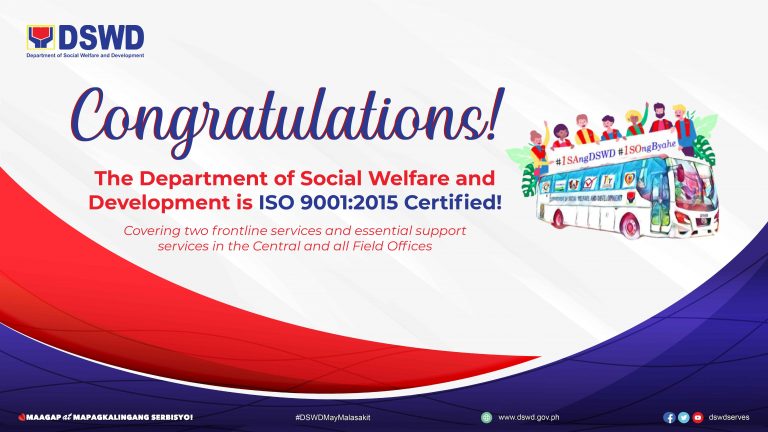Climate Change is a worldwide phenomenon that affects everyone. In order to address climate change and its adverse effects, collective and global actions were undertaken through the United Nations Framework Convention on Climate Change (UNFCCC) which the Philippines is a Party to since 1994. The Philippines signed the Paris Agreement on Climate Change last February continue reading : DSWD-10 implements program on Climate Change and Risk Resiliency
DSWD Field Office 10 welcomes institutionalization of Pantawid Pamilyang Pilipino Program
The Department of Social Welfare and Development (DSWD) Field Office 10 lauded the signing into law of Republic Act 11310 institutionalizing the government’s flagship poverty reduction program known as the Pantawid Pamilyang Pilipino Program or 4Ps. 4Ps is an investment in human capital which seeks to break the intergenerational cycle of poverty by focusing on continue reading : DSWD Field Office 10 welcomes institutionalization of Pantawid Pamilyang Pilipino Program
Lumad Women learn their value through CDD
Barangay Palacpacan is an isolated barangay of the Municipality of San Fernando, Bukidnon. The road is difficult to access especially during the rainy season. Most of the residents of the barangay are people of the Matigsalug Tribe. Like the other tribes in Bukidnon, most of the lumads are given less priority from the government projects continue reading : Lumad Women learn their value through CDD
DSWD Field Office 10 gives aid to Iligan City fire victims
Cagayan de Oro City — The Department of Social Welfare and Development (DSWD) Field Office 10 here has provided aids to the families affected by a recent fire in Purok Matinabangon, Barangay Ubaldo Laya, Iligan City, some 90.6 kilometers off west of here. This is an augmentation support to the Local Government Unit of Iligan continue reading : DSWD Field Office 10 gives aid to Iligan City fire victims


